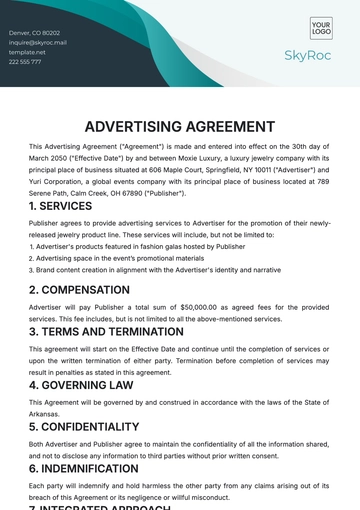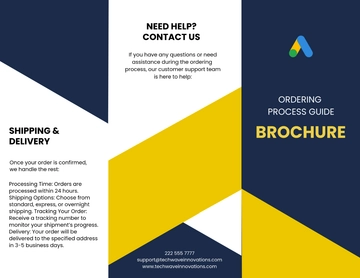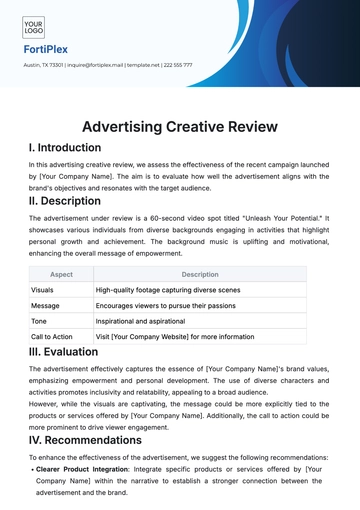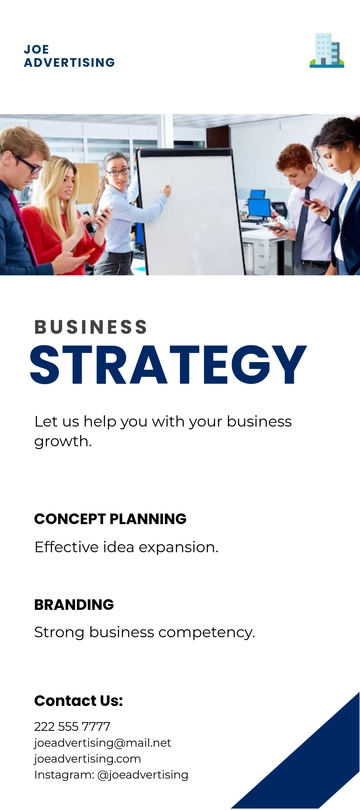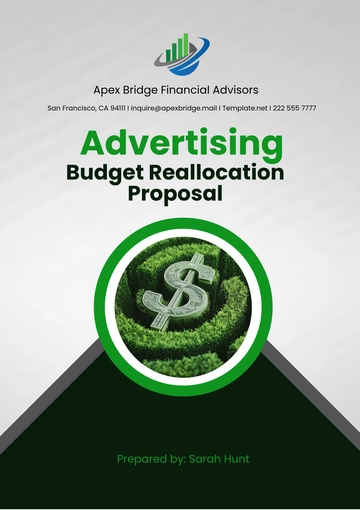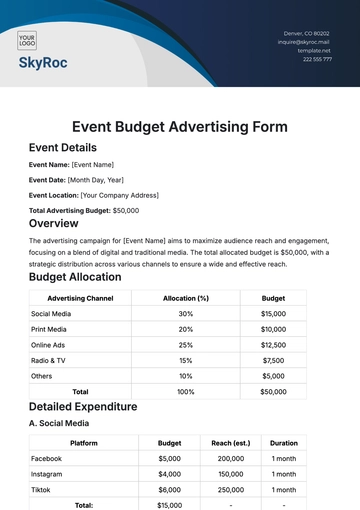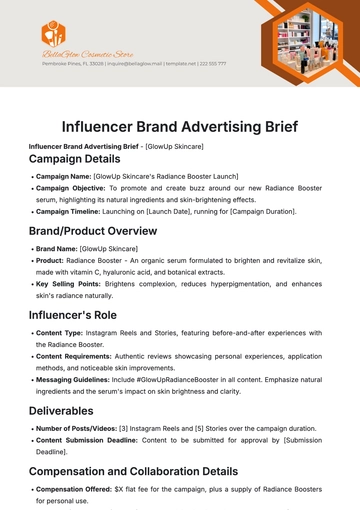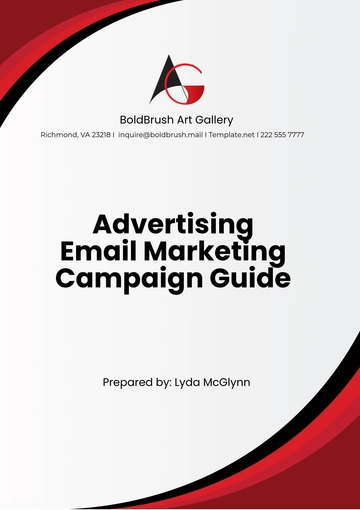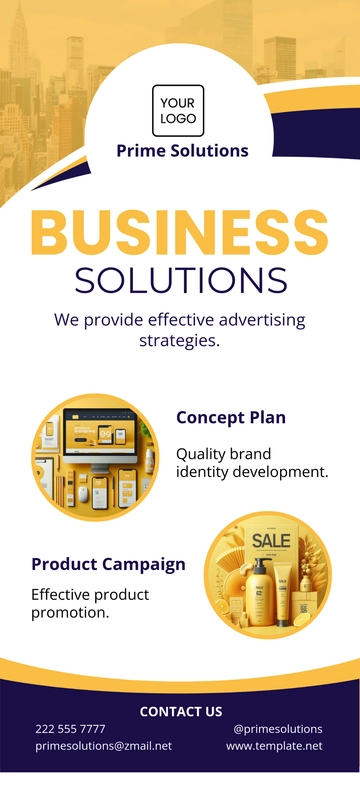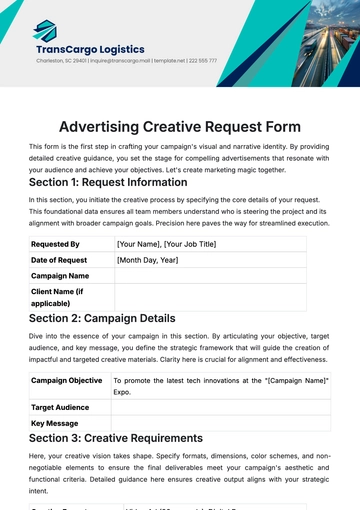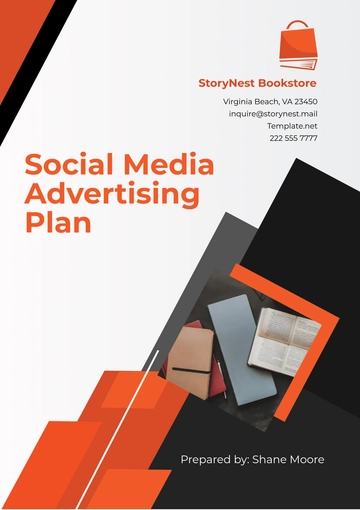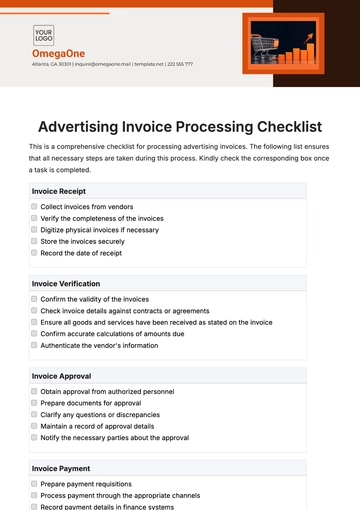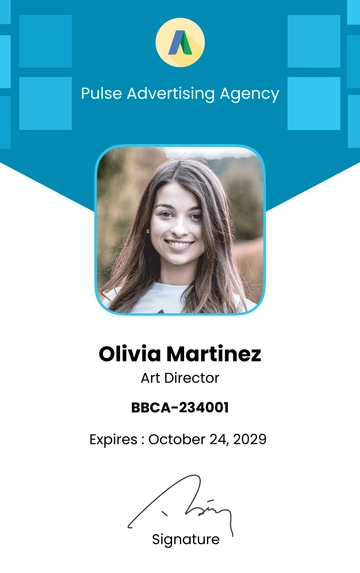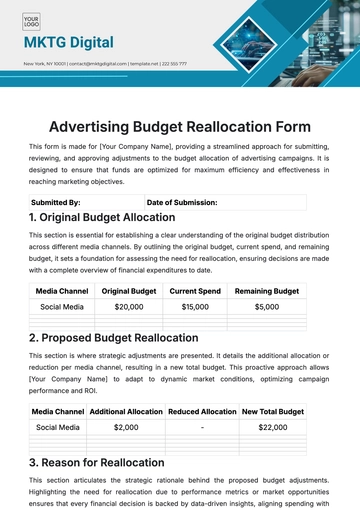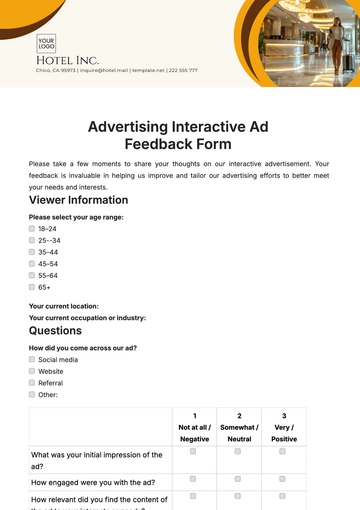Free Influencer Marketing Advertising Strategy Document
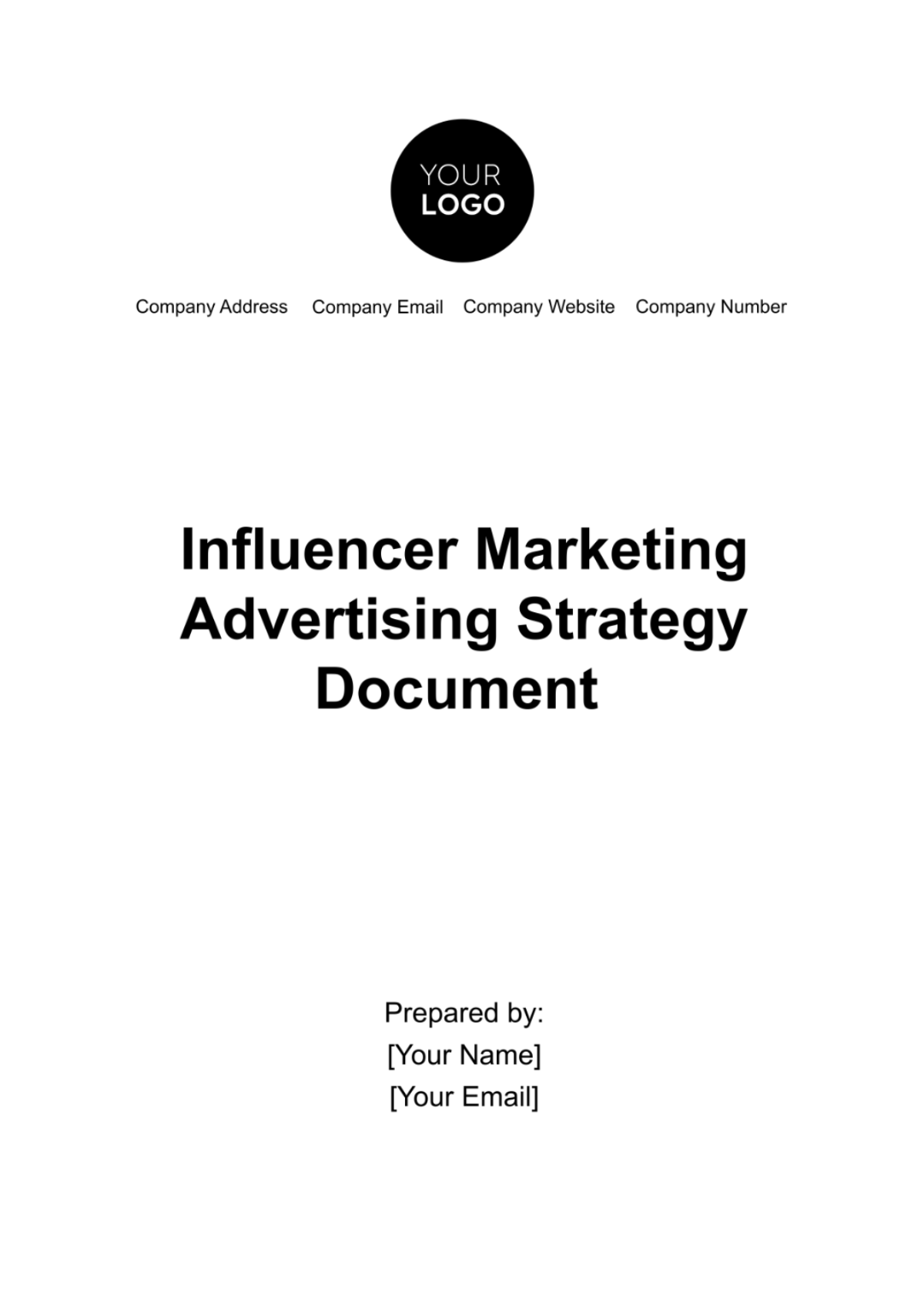
I. Executive Summary
Influencer marketing is a dynamic and effective way to connect with consumers, particularly in a marketplace increasingly influenced by social media. Our strategy focuses on leveraging influencers' reach and credibility to amplify our brand's presence, deepen consumer engagement, and drive sales. The key is to create authentic, relatable, and engaging content that aligns with our brand values and resonates with our target audience.
II. Campaign Goals
Increase Brand Awareness:
Leverage influencers to introduce our brand to new audiences.
Use creative storytelling to make our brand more relatable and memorable.
Expected Outcome: Broadened brand recognition and recall.
Drive Engagement:
Encourage influencers to create content that invites audience participation.
Implement interactive campaigns, like challenges or contests.
Expected Outcome: Higher interaction rates and deeper audience involvement.
Enhance Customer Trust:
Partner with influencers who embody our brand's values and have a loyal following.
Share genuine customer experiences and stories.
Expected Outcome: Stronger consumer trust and credibility.
Sales Conversion:
Utilize unique promotional codes and affiliate links for tracking.
Showcase product benefits and usage in real-life scenarios.
Expected Outcome: Increased direct sales and ROI.
III. Target Audience
Aspect | Description |
Age Group | Primarily 18-35 years, digitally savvy |
Interests | Technology enthusiasts, lifestyle trendsetters, eco-conscious consumers |
Geographical Focus | Major urban centers in North America and Europe, with potential expansion to Asia-Pacific markets |
IV. Influencer Selection Criteria
Follower Demographics:
Analyze the demographic makeup of the influencer's followers to ensure alignment with our target audience. This includes age, location, interests, and income levels.
Engagement Quality:
Beyond the rate, examine the type of engagement. Preference for influencers whose followers engage in meaningful ways, such as comments and shares, rather than just likes.
Content Style and Quality:
Evaluate the aesthetic and thematic consistency of the influencer's content. It should resonate with our brand's image and messaging strategy.
Brand Compatibility:
The influencer's personal brand and public image should be in harmony with our brand values and public image.
Historical Performance:
Review past campaigns or sponsored content to assess the influencer's effectiveness and reliability.
Criteria | Description | Why It's Important |
Follower Demographics | Age, location, interests of the influencer’s audience | Ensures alignment with target audience. |
Engagement Quality | Type and depth of audience engagement. | Indicates influencer’s ability to genuinely connect with followers |
Content Style and Quality | Aesthetic and thematic consistency | Ensures brand message is conveyed effectively |
Brand Compatibility | Influencer’s personal brand and public image | Maintains brand integrity and values |
Historical Performance | Past campaign success and reliability | Predicts potential success of the collaboration. |
V. Campaign Mechanics
Duration and Phases:
Phase 1 (First Month): Introduction and Awareness - Influencers will introduce our brand and its core values through storytelling and unboxing videos.
Phase 2 (Second Month): Engagement and Interaction - Focus shifts to interactive content like Q&As, live sessions, and behind-the-scenes glimpses.
Phase 3 (Third Month): Conversion and Retention - Emphasis on product utility, customer testimonials, and promotional offers.
Content Strategy:
Posts: Minimum of 2 dedicated posts per month, focusing on product features, brand stories, and user experiences.
Stories: At least 4 stories per month, including unscripted moments, product highlights, and Q&A sessions.
Live Sessions: Optional but encouraged, for real-time interaction.
Branding and Messaging:
Key Themes: Innovation, sustainability, user-friendliness.
Narrative Style: Authentic, relatable, and engaging.
Visuals: High-quality, consistent with brand aesthetics.
Content Type | Description | Frequency |
Posts | Dedicated brand and product features | 2 per month |
Stories | Short, engaging content, and updates | 4 per month |
Live Sessions | Real-time interaction with audience | 4 per month |
VI. Budget and Compensation
Budget Allocation:
Total Budget: $200,000
Aimed to optimize the return on investment while ensuring quality partnerships and content.
Detailed Breakdown:
Influencer Engagement (70%):
Fees for influencers based on their reach, engagement rate, and content quality.
Incentives for high-performing posts or campaigns.
Content Production (20%):
Expenses related to content creation, such as photography, videography, and editing.
Additional costs for special content formats like reels or interactive posts.
Contingency and Management (10%):
Reserve funds for unforeseen expenses.
Management and administration costs related to the campaign.
Payment Structure:
Initial Payment:
50% upfront to secure commitment and cover initial content production costs.
Performance-Based Payment:
Remaining 50% contingent upon achieving agreed-upon KPIs, encouraging influencers to meet targets.
Performance Bonuses:
Engagement Bonus:
Additional compensation for posts that achieve exceptionally high engagement rates.
Sales Conversion Bonus:
Bonus for influencers whose content directly leads to a significant number of sales, tracked via unique promo codes or affiliate links.
Component | Allocation | Description |
Influencer Engagement | 70% | Fees and incentives for influencers |
Content Production | 20% | Expenses related to content creation. |
Contingency and Management | 10% | Reserve and management costs. |
Initial Payment | 50% upfront | To secure commitment and cover initial costs |
Performance-Based Payment | 50% on KPI achievement | Contingent upon meeting targets |
VII. Monitoring and Reporting
Key Performance Indicators (KPIs):
Engagement Metrics: Likes, shares, comments, and overall post interactions.
Audience Growth: Follower increase on both our and influencers' channels.
Conversion Rates: Sales and website traffic linked to the campaign.
Sentiment Analysis: Public perception and feedback on the campaign.
Tools and Technology:
Social Media Analytics: Hootsuite, Sprout Social for tracking engagement.
Website Analytics: Google Analytics for tracking website visits and conversion.
Sentiment Tools: Brandwatch for public sentiment analysis.
Reporting Structure:
Bi-weekly comprehensive reports detailing all KPIs.
Monthly review meetings to discuss performance and adjustments.
Metric | Tool | Reporting Frequency |
Engagement | Hootsuite, Sprout Social | Bi-weekly |
Conversion | Google Analytics | Monthly |
Sentiment | Brandwatch | Monthly |
VIII. Legal and Ethical Considerations
Compliance with Laws and Guidelines:
Adherence to FTC guidelines for influencer marketing.
Mandatory disclosure of sponsored content by influencers.
Ethical Practices:
Ensuring alignment of influencer values with our brand.
Promoting transparency and honesty in all sponsored content.
Consideration | Description | Implementation |
FTC Guidelines | Clear disclosure of sponsored content | Influencer training and contractual obligations |
Ethical Alignment | Matching influencer and brand values | Careful selection and vetting process |
IX. Crisis Management Plan
Rapid Response Team:
A dedicated team to manage any negative feedback or controversy involving influencers.
Immediate assessment and strategy formulation in case of a crisis.
Communication Strategy:
Transparent and timely communication with stakeholders.
Public statements or press releases if needed.
Action Plan:
Analyze the situation and potential impact.
Engage with concerned parties and audiences.
Decision-making on continuing or terminating influencer partnerships.
Step | Action | Description |
Assessment | Understand the issue | Rapid analysis of the situation |
Engagement | Communicate effectively | Address concerns and clarify positions |
Decision | Continue or terminate | Strategic decision based on impact analysis |
X. Conclusion
This detailed strategy aims to harness the power of influencer marketing to bolster our brand's digital presence. By aligning with the right influencers, crafting engaging content, and continuously monitoring and refining our approach, we aim to not only meet but exceed our campaign objectives. This strategy will help position our brand as a leader in its sector, building lasting relationships with consumers and driving sustainable growth.
- 100% Customizable, free editor
- Access 1 Million+ Templates, photo’s & graphics
- Download or share as a template
- Click and replace photos, graphics, text, backgrounds
- Resize, crop, AI write & more
- Access advanced editor
Leverage influencer partnerships with Template.net's Influencer Marketing Advertising Strategy Document Template. Editable and customizable, this document guides the development of influencer marketing strategies. Perfect for marketers, it outlines collaboration approaches, ensuring alignment with brand values and goals, and maximizing campaign impact through influencer networks.

